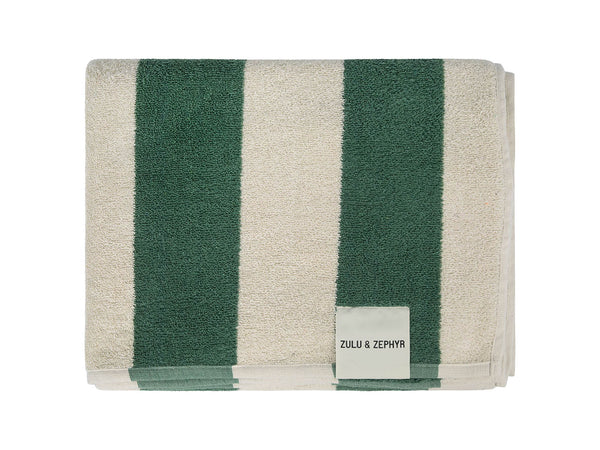Our supplier in India is a Sedex approved manufacturing partner, they support local charity partners to uplift their community from poverty.
In an industry where everything can seem fast paced, can you tell us a bit about the process of handloom weaving?
Shedding: Raising and lowering of warp yarns (these run vertically through the length of the fabric known as the grain) by means of the harness to form shed, opening between warp yarn through which weft yarns (these run horizontally) are passed.
Beating Up: Packing the weft yarn into the cloth to make it compact.
Taking Up: Winding newly formed cloth onto the cloth beam.
Letting off: Releasing yarn from a warp beam.

How long does it take to create a patterned fabric on the loom?
Depending on different design graphs and complications it usually varies from 15-25 days for sampling fabric to be developed on handloom.
India is known to have a diverse culture of handloom weaving. The Indus Valley Civilisation was the birth place for handloom weaving in this country. It is also said in the Vedic Literature that the art of embroidery and dying during this time was considered a highly advanced occupation. With the settlement of Aryans, the craft was further honed and developed, with the introduction of new spinning, weaving and dying techniques.
Later in the 20th century the government also set up the Office of Development Commissioner (Handlooms), in 1976 to ensure a scientific growth of the handloom industry. It is under this office that the government has been offering various welfare schemes for the benefit of the handloom weavers. In 1983, the National Handloom Development Corporation (NHDC) was set up to ensure a steady supply of raw materials such as yarn, dyes and chemicals to the State handloom organisations. With a view to recognising the importance of handloom and expressing solidarity with the welfare of handloom weavers, the government has decided to observe August 7 as ‘National Handloom Day’ every year. This day is linked with the launching of the Swadeshi movement in Kolkata in 1905. The handloom industry now provides livelihood to over 90 million people in the country. 
It plays a major role in empowering women and disadvantaged segments of society. We make sure that every piece that we design comes with a story and pay homage to the women of past decades. Our aim to provide artisans with a consistent source of income and employment back to the villages of India.
As a company our motto is to eliminate waste and minimise the contribution to storage and landfills. We make a conscious effort to select suppliers/vendors working with us to be environmentally and ethically responsible, and use products with certification, focusing on minimum water and chemical use.


Are there any positive environmental impacts from using traditional methods of textiles production?


